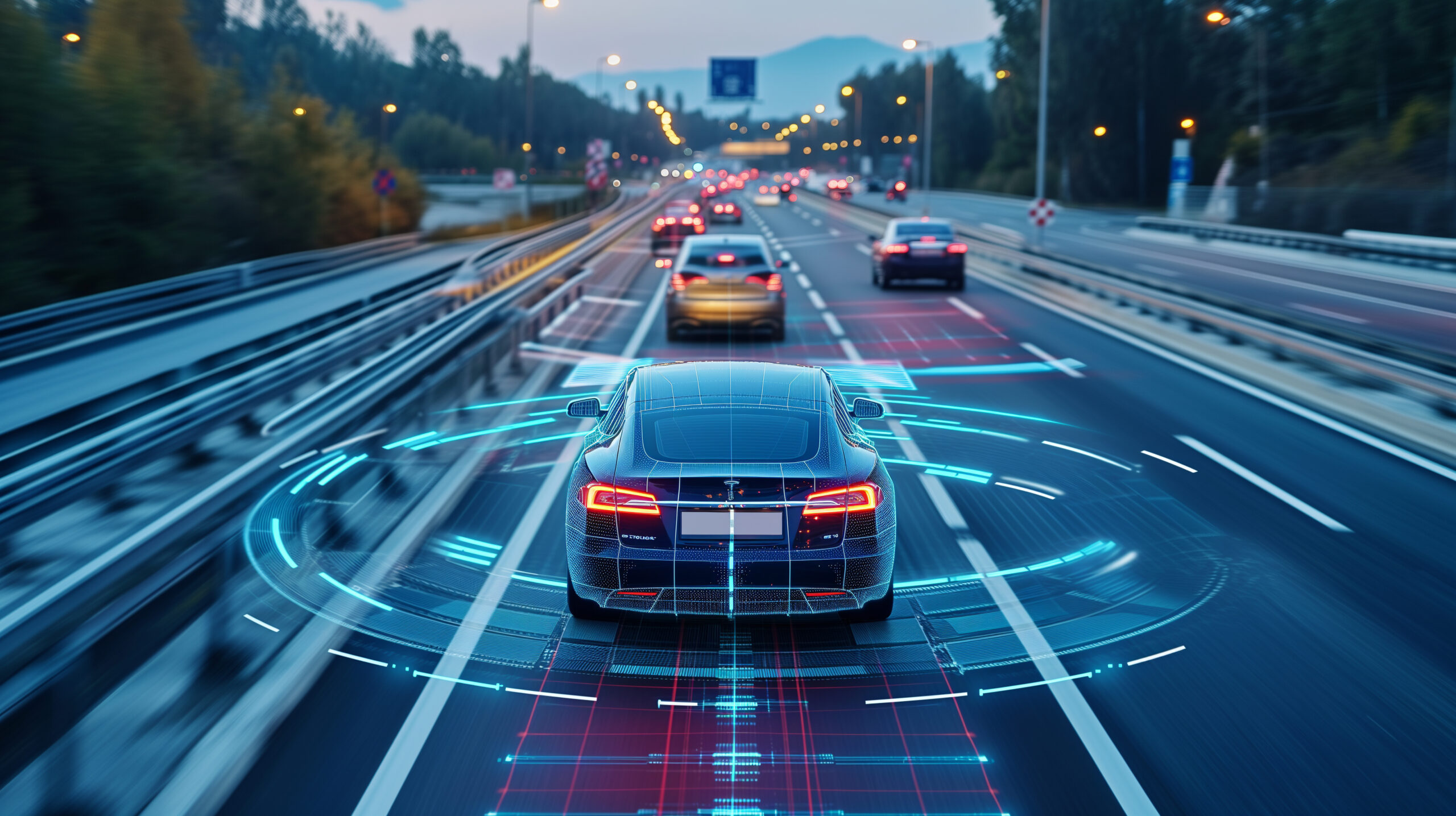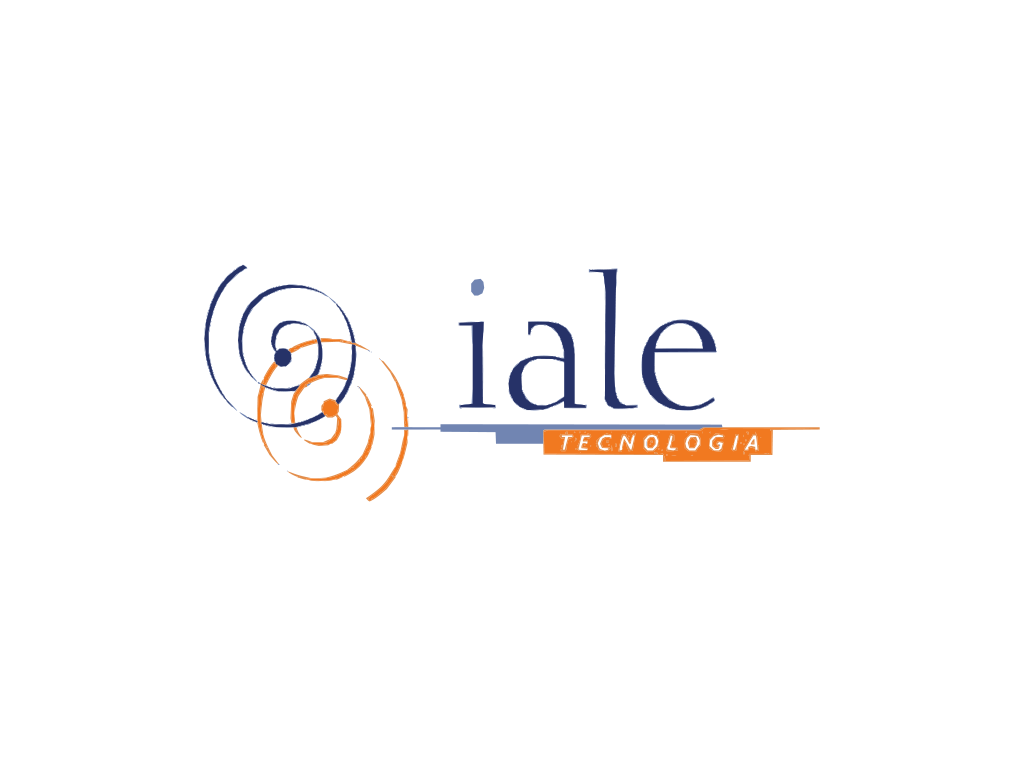Self-driving automobiles have traveled a long and winding road from concept to inevitability
The idea of being transported around town on the coordination of cameras, sensors (LiDAR and radar), semiconductors, and AI controlling the mechanics of steering, acceleration and braking feels….well, futuristic. The technology has been shifting gears for the past several years. From driver assistance tools like blind-spot alerts and automatic braking to automated driving with an attentive human behind the wheel to driverless mobility, which is where things stand today. The technology will only continue its acceleration course as AI is better able to gather information in real-world situations, reason it out, and make adjustments in reaction to its changing environment.
There is more roadway to cover before we live in a truly autonomous world, but it’s fair to say that we’re on the cusp. Because so much progress has been made over the past few years, IFI CLAIMS, the patent industry’s most trusted data provider, decided it was time to conduct a check on the industry’s patents to see what has been changing and which companies have taken lead positions in this race. Spoiler alert: A big automaker is not in first place; read on to see which company is.
Self-driving chipmaker
The list of top self-driving patent applicants looks like a traffic jam of automobile companies. Not the number one spot though, which is held by Wall Street darling chip company Nvidia, with 216 patent applications over the past five years. Most others in the top ten are dedicated automakers, such as Toyota, GM, and Ford, or self-driving tech companies like Motional, Aurora, and Zoox.
Consider the highly complex engineering that must go into a vehicle with the ability to make the calculations and decisions of a human driver. Artificial intelligence propels these cars, which means semiconductors hold the brainpower of the machine. So it should be no surprise that Nvidia sits atop this car technology patent pileup. Nvidia invents heavily in areas such as deep learning, image analysis and enhancement, video and pattern recognition, and control units (See IFI’s report on semiconductors for a deeper dive into this area). Their inventions are crucial to so many industries, which is why the company’s graphical processing units (GPUs) are key to the business world and thus a national security issue for the U.S. This Nvidia patent for using image data to train deep neural networks to predict distances in autonomous applications has been cited by Toyota, Zoox, Volvo, Tesla, Volkswagen, Ford, Waymo, GM, Rivian, Honda, and BMW.
Two patent roads diverged
The road to autonomous vehicles has been bumpy, but it’s definitely moving ahead. Over the past decade, patent grants for self-driving technology have climbed a steep incline with a compound annual growth rate of 69%. Applications, meanwhile, have taken an alternate route. After years of rising dramatically, they sloped downhill, starting in 2021. Even still, the 10-year growth rate is 89%. Why are grants continuing to rise as applications fall? Grants, naturally, lag applications because it takes some time for an application to go through the examination period before earning approval. But the decline in new applications could be a signal that innovation in this market is entering its maturity stage. That’s not to say there won’t be any disruptive, valuable patents in the future. It just means the patent space is filling up with protections and so advancements are likely to be more incremental, rather than breakthrough. But that doesn’t mean invention applications won’t trend upward again. With competition—and potential profits—for self-drivers heating up as new markets open, companies may put more resources toward protecting their innovations. That said, if applications don’t turn upward, grants also will eventually turn down.
Autonomous auto tech spheres
Inventions embrace a variety of technologies. And diverse industries lay claim to a range of knowledge areas. For autonomous driving vehicles, the classification that is most referred to is computing arrangements based on biological models. Which is rather interesting considering the technology’s roots in life science. Getting to the heart of living organisms (and their component parts) takes an enormous amount of data and computational power. Plotting out the spread of a pandemic, for instance, or generating a virtual depiction of a diseased organ and mapping the sequencing and proliferation of the disease has enormous implications in such fields as medicine or microbiology. But this same technology is used by, and in fact underpins, other fields like generative AI, because biological computing leans heavily upon deep learning. On IFI’s annual list of fastest growing technologies, computing arrangements based on biological models has been prominent in years past. Now that driving machines are so smart that they are able to drive without a human at the wheel making decisions, it’s not such a leap to consider that these particular mechanical advancements rely solidly on life science inventions. Other important patent classifications in the self-driving field: drive control systems, machine learning, and scenes—or more specifically, the control of digital cameras for the elements of scenes.
Company drivers of main autonomous technologies
Which companies are the main patent players in each of the foremost self-driving technologies? In computing based on biological models, Nvidia is way out front with 685 patent applications in the past five years. Bosch, an automotive supplier, takes second place with 380 patents. The company is a leader in sensors and hardware for autonomous vehicles. Yet another chipmaker, Intel, is also high up in third place with 160 patents in the same time frame. Waymo, born from Google’s moonshot division and a subsidiary of Alphabet put forth 150 patents. Waymo’s robotaxis have been covering a lot of ground lately and currently operate in Los Angeles, San Francisco and Phoenix. Partnering with Uber, the company offers autonomous rides in Atlanta and Austin. And Waymo recently said it would partner with Lyft in Nashville and, for public transportation, Via in Chandler, Ariz. The company is also running tests in NYC with human drivers at the wheel.
When it comes to technologies like machine learning and controlling cameras to take in scenes, here again Nvidia takes the lead. Nvidia’s powerful GPUs are the specialized processors better able to manage the complex visual and mathematical computations needed for simultaneous management of text, image and video data, compared to traditional, sequential central processing units (CPUs). GPUs are an essential component when considering the complexity of self-drivers. This patent, granted to Nvidia in 2021, is for a deep neural network trained on image data to predict distances to objects and obstacles in autonomous machines. While this patent, granted to Nvidia in 2024, covers sensor perceptions used to navigate various paths for self-drivers within an intersection. Of course, all of this demand for Nvidia’s tech know-how contributes to the stock riding high, returning 54% so far in 2025. And that’s on top of the many happy returns of previous years. Nvidia recently made a big news splash with a couple of self-driving announcements: a partnership with Lucid Motors for a Level 4 autonomous vehicle and an alliance with Uber to support its growing autonomous fleet.
Other top technologies such as drive control systems and control of position are dominated by the car companies. Toyota leaves everyone else in the dust in both areas. Other competitors are driving closer together in the patent race. Here is a patent granted to Toyota in 2023 for an autonomous driving device. And this application filed earlier this year by the company is for a system that detects and displays vehicles surrounding the autonomous vehicle and processes needed for acceleration and deceleration in relation to nearby autos.
Intel patent inside
An elevated number of forward citations—that is, citations that ensuing patents reference in their own inventions—indicate a valuable technology. These citations are important data points that deserve consideration from investors in tech companies. In the area of self-drivers, believe it or not, Nvidia does not hold the most highly cited patent. The honors belong to a storied company that has been beaten up by Wall Street over the past few years but has recently been showing signs of a comeback (up nearly 97% year to date).
Over the past five years, the world’s most cited self-driving patent application belongs to Intel (yes, Intel) for its 2020 application for an autonomous vehicle system with two sets of sensors tied to a means of transport. So while Intel surely needs a lot of improvement, the company isn’t necessarily down for the count as many investors had thought. Since the patent application was published, it has been cited 680 times inside of other patents, including key players in the autonomous vehicle industry: Lyft, Uber, Toyota, Volkswagen, Nissan, Ford, GM, Waymo, Mobileye, and even Nvidia. Intel’s patent is still pending.





